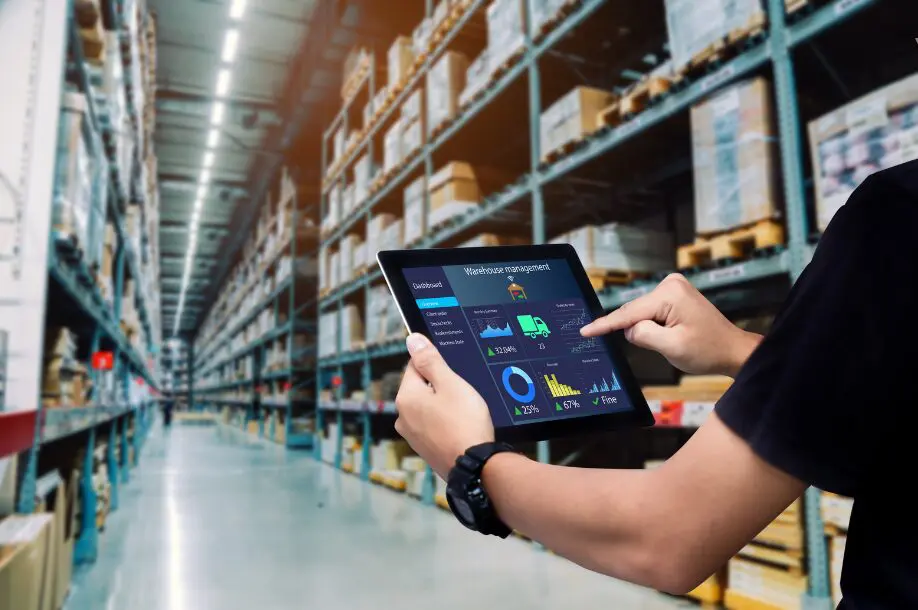
As the warehousing landscape evolves, 2024 promises a significant transformation driven by technological advancements, changing consumer demands, and industry-specific innovations. Several key trends are poised to shape the warehousing sector, influencing operational strategies, and enhancing efficiency. Let’s take a closer look at the upcoming trends that will redefine the warehousing arena in 2024:
1. Automation in Warehouses
The trend of automation continues to revolutionise warehousing operations. Autonomous Mobile Robots (AMRs) and robotic arms are set to take the spotlight in 2024. AMRs will streamline fulfilment activities, enhancing order-picking efficiency, while robotic arms will minimise workplace injuries by handling tasks like container unloading. These smart machines will facilitate precise and swift order packing, optimising distribution centre operations by leveraging sophisticated technologies such as advanced algorithms and machine vision. Although integrating multiple automation technologies swiftly might pose challenges, the rewards of warehouse automation are paramount, catering to the surging demands of e-commerce.
2. Stock Merging for Omnichannel Flexibility
A noticeable shift in warehousing strategies is the merging of stocks to accommodate omnichannel offerings. Brands are now seeking warehouses that allow the consolidation of stocks, enabling efficient management of orders and returns across various sales channels. This trend fosters flexibility and aids in managing buffer stock, thereby curbing unnecessary production, and positively impacting the environment.
3. Enhanced Visibility and Transparency
2024 will witness a heightened demand for visibility throughout the logistics chain. End-consumers increasingly seek detailed information about the status of their orders. Warehouses will be required to provide comprehensive data on packaging, shipping, and order completion to minimise customer service inquiries, fostering a seamless consumer experience.
4. Sustainable Warehousing Practices
Driven by the imperative to reduce environmental impact, businesses will rely on integrated logistics service providers to curtail carbon emissions from warehousing operations. This includes adopting sustainable building materials, renewable energy sources, and implementing emissions visibility tools. The pursuit of circular economy principles through reusable packaging and pallets will significantly reduce the carbon footprint within warehouses.
5. Data-Driven Optimisation
Digitalisation will play a pivotal role in warehouse optimisation. Advancements in IoT and AI-operated tools will enable real-time monitoring, ensuring safety and efficiency. Data-led decision-making and predictive maintenance will minimise downtime, enhancing productivity and operational capacity.
6. Warehouse Restoration and Customisation
Older warehouses will undergo retrofitting to align with modern e-commerce logistics. Furthermore, industry-specific customisations tailored to markets like pharmaceuticals and automotive will gain prominence, fostering continual evolution and adaptation.

The warehousing landscape of 2024 presents a dynamic convergence of automation, sustainability, and digitalisation. Embracing these trends will undoubtedly reshape warehouse operations, elevating efficiency, and responsiveness to meet the evolving demands of the industry.

